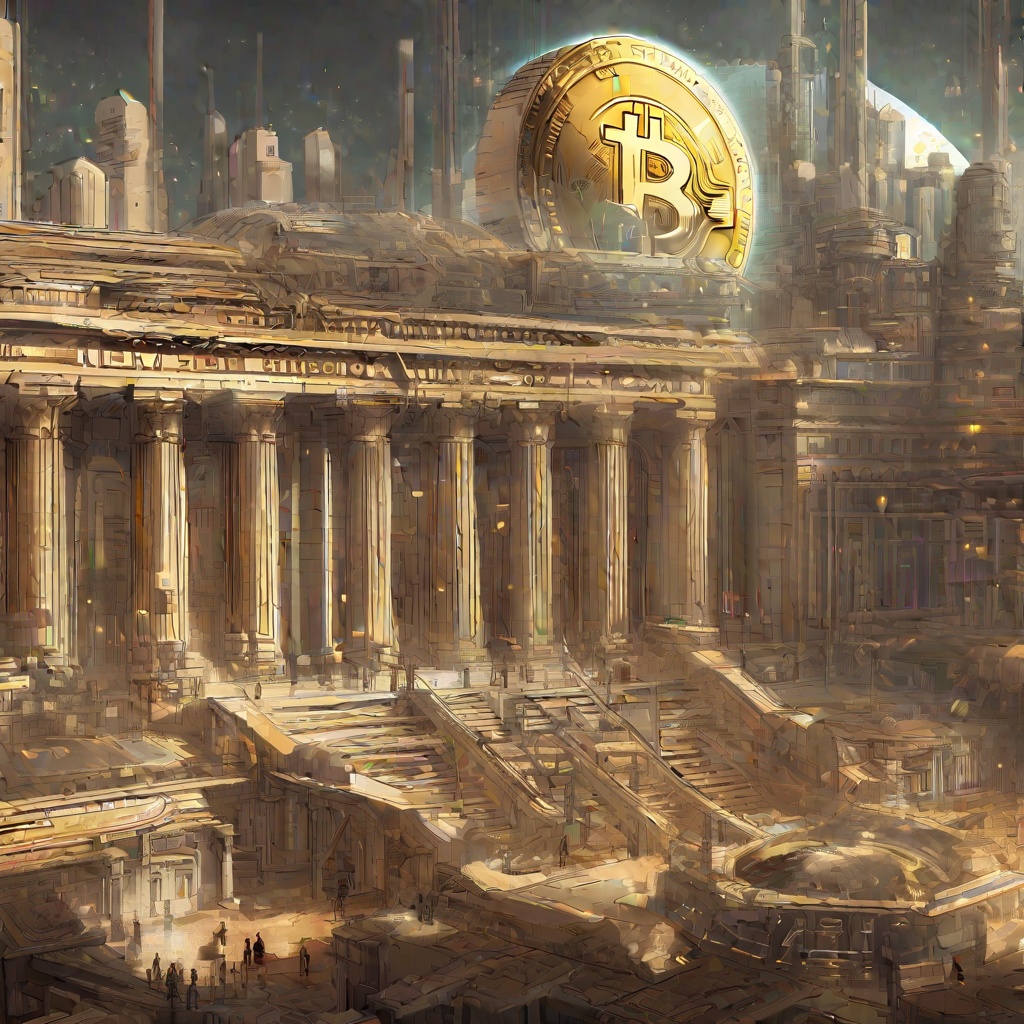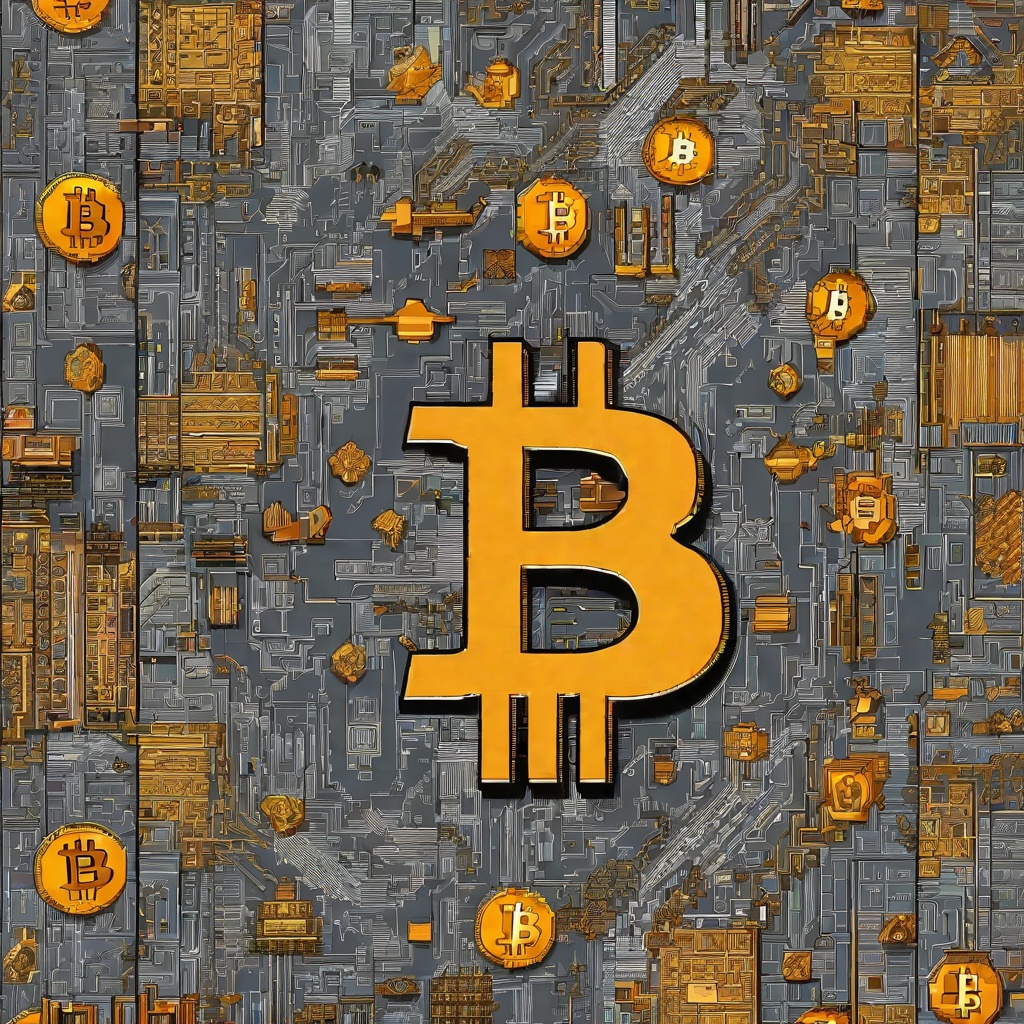What is the difference between Lido and self staking?
Can you elaborate on the key distinctions between Lido and self staking in the world of cryptocurrency? How do they differ in terms of user control, risk management, and potential rewards? Is one more suitable for beginners or experienced investors? How do they each approach the staking process and what factors should one consider when deciding between the two?

What is the difference between ownership and onus?
Could you elaborate on the distinction between ownership and onus? Ownership, I understand, refers to the legal right to possess and control something, while onus seems to carry a sense of responsibility or burden. Are these concepts mutually exclusive, or do they overlap in certain contexts? Additionally, how does the distinction between ownership and onus play out in practical scenarios, particularly in the realm of finance and cryptocurrency?

What is the difference between is and does?
Excuse me, could you please clarify the distinction between "is" and "does" for me? As I understand, both are commonly used verbs in English, but I'm having difficulty grasping how they differ in their usage and meanings. Specifically, I'm curious about how they're used in sentences and whether they have different grammatical functions. Could you provide some examples to illustrate their differences? Thank you in advance for your help.

What is the difference between Fantom Network and Solana?
Can you explain the fundamental differences between the Fantom Network and Solana blockchains? Are there any notable distinctions in their consensus mechanisms, scalability, or transaction speeds? How do their approaches to smart contract functionality and decentralized application development compare? Understanding these nuances can help investors and developers make informed decisions about which platform best aligns with their needs.

What is the difference between matic20 and ERC-20?
Could you please explain the key differences between matic20 and ERC-20 tokens? Are they both built on the Ethereum blockchain? What are the unique features of each, and how do they differ in terms of functionality, scalability, and gas fees? Understanding these nuances is crucial for investors and developers alike, so any insights you can provide would be greatly appreciated.

